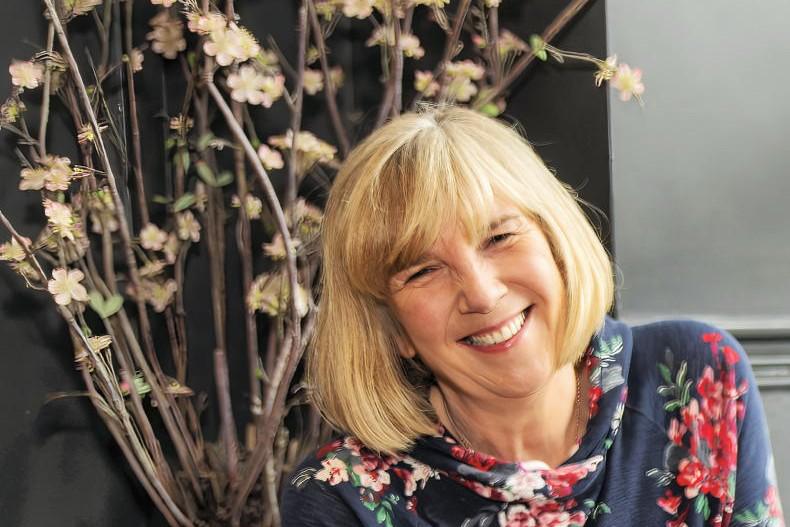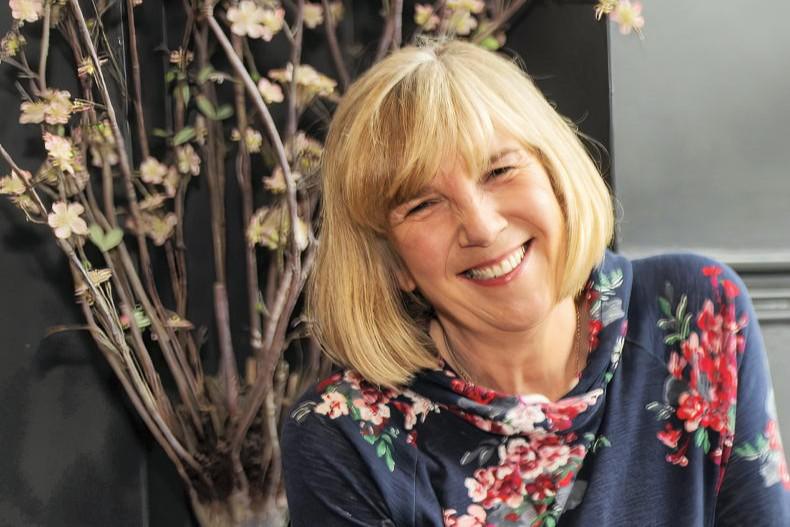This Valentine’s Day, forget the romantic candle-lit dinner for two in the fancy restaurant.
For a real dose of true love, why not serve up one of the great Irish staples, like a boiled egg, a bowl of steaming porridge or a mashed potato dish, such as champ or colcannon?
The key to understanding the romance of such simple fare is the utensil we use to eat them: the spoon. It might be a surprise to many that the unsuspected symbol of fondness and affection once upon a time was the spoon and presenting someone with a spoon was the ultimate statement of true love.
In the general absence of any commercial outlets, or indeed money, such an essential item as a spoon was homemade.
In this sense, when a new family member was born, there was need to carve a new spoon for the new mouth to feed
It was carved from wood by the man of the house for each member of the family. In this sense, when a new family member was born, there was need to carve a new spoon for the new mouth to feed.
In many parts of Europe it is traditional to present a silver spoon, following on from what formerly would have been a wooden spoon, as a gift at the christening ceremony of a newborn child. The most beautiful examples of this tradition are the highly painted, gilded, and lacquered wooden spoons from Russia.
Token of love
Whatever about Russia, closer to home it is Wales that provides the best expression of the spoon as a specific love token. It was the great Welsh folklorist, Trefor Owen, who first compiled a catalogue of these distinctive folk artefacts.
The everyday wooden spoon was constructed by carving a small bowl with a handle out of a single piece of wood.
Some examples demonstrate a mind-boggling carving ability, like the spoons that have their circular or rectangular stems hollowed out
This took some skill. It was the father who carved the spoon for his wife and children. Therefore, a young man seeking a wife would have demonstrated his skill and prowess to the fairer sex with a display of his carving competency.
Some examples demonstrate a mind-boggling carving ability, like the spoons that have their circular or rectangular stems hollowed out while leaving small wooden balls that can run freely in the slotted cavity. This signified that the carver’s heart had been captured.
What is clear is that the spoon itself became a symbol of the man’s skill, dedication, patience and attention to detail. The love spoon was hung on the wall of the home, as a vernacular touchstone of the union and the love that bound it.
Folk symbols
Some of the spoons are carved with a date and the names or initials of the two lovers.
Most exhibit a heart, which is the most universal of all folk symbols. In addition to the heart, they regularly include some of the following: anchor, boat, house, bell, diamond, horseshoe, lock, key, wheel and flower. These can be interpreted in a variety of ways but all have some symbolism in relation to love.
The anchors, boats and ropes seem to have been favoured by seafarers, signifying their desire to settle down. The house along with locks and keys represented the home and the opening of the door to the heart.
The bell represented a wedding or anniversary while diamonds meant wealth and permanency. Horseshoes meant good luck and the intertwining stems and vines of flowers signified the interlacing of two lives together.
These woods were hard-wearing, did not splinter or impart an unpleasant taste
The Irish folklore archives record a host of names for wooden spoons: cnáiscí, cranskeen, slisóg and sluasóg. The spoon was an everyday item fundamental to survival and this need was met by carving them when green from woods including beech, silver birch, and sycamore.
These woods were hard-wearing, did not splinter or impart an unpleasant taste.
While in Ireland, wooden spoons were much simpler affairs than those in Wales, they must have carried the same level of affection and love for those who made and used them. So, come on young lovers, this Valentine’s Day pull out the penknife and start carving!
Read more
The forgotten traditions of St Brigid’s Night
Fairy fort on your farm or in your village? Superstitious about that?
This Valentine’s Day, forget the romantic candle-lit dinner for two in the fancy restaurant.
For a real dose of true love, why not serve up one of the great Irish staples, like a boiled egg, a bowl of steaming porridge or a mashed potato dish, such as champ or colcannon?
The key to understanding the romance of such simple fare is the utensil we use to eat them: the spoon. It might be a surprise to many that the unsuspected symbol of fondness and affection once upon a time was the spoon and presenting someone with a spoon was the ultimate statement of true love.
In the general absence of any commercial outlets, or indeed money, such an essential item as a spoon was homemade.
In this sense, when a new family member was born, there was need to carve a new spoon for the new mouth to feed
It was carved from wood by the man of the house for each member of the family. In this sense, when a new family member was born, there was need to carve a new spoon for the new mouth to feed.
In many parts of Europe it is traditional to present a silver spoon, following on from what formerly would have been a wooden spoon, as a gift at the christening ceremony of a newborn child. The most beautiful examples of this tradition are the highly painted, gilded, and lacquered wooden spoons from Russia.
Token of love
Whatever about Russia, closer to home it is Wales that provides the best expression of the spoon as a specific love token. It was the great Welsh folklorist, Trefor Owen, who first compiled a catalogue of these distinctive folk artefacts.
The everyday wooden spoon was constructed by carving a small bowl with a handle out of a single piece of wood.
Some examples demonstrate a mind-boggling carving ability, like the spoons that have their circular or rectangular stems hollowed out
This took some skill. It was the father who carved the spoon for his wife and children. Therefore, a young man seeking a wife would have demonstrated his skill and prowess to the fairer sex with a display of his carving competency.
Some examples demonstrate a mind-boggling carving ability, like the spoons that have their circular or rectangular stems hollowed out while leaving small wooden balls that can run freely in the slotted cavity. This signified that the carver’s heart had been captured.
What is clear is that the spoon itself became a symbol of the man’s skill, dedication, patience and attention to detail. The love spoon was hung on the wall of the home, as a vernacular touchstone of the union and the love that bound it.
Folk symbols
Some of the spoons are carved with a date and the names or initials of the two lovers.
Most exhibit a heart, which is the most universal of all folk symbols. In addition to the heart, they regularly include some of the following: anchor, boat, house, bell, diamond, horseshoe, lock, key, wheel and flower. These can be interpreted in a variety of ways but all have some symbolism in relation to love.
The anchors, boats and ropes seem to have been favoured by seafarers, signifying their desire to settle down. The house along with locks and keys represented the home and the opening of the door to the heart.
The bell represented a wedding or anniversary while diamonds meant wealth and permanency. Horseshoes meant good luck and the intertwining stems and vines of flowers signified the interlacing of two lives together.
These woods were hard-wearing, did not splinter or impart an unpleasant taste
The Irish folklore archives record a host of names for wooden spoons: cnáiscí, cranskeen, slisóg and sluasóg. The spoon was an everyday item fundamental to survival and this need was met by carving them when green from woods including beech, silver birch, and sycamore.
These woods were hard-wearing, did not splinter or impart an unpleasant taste.
While in Ireland, wooden spoons were much simpler affairs than those in Wales, they must have carried the same level of affection and love for those who made and used them. So, come on young lovers, this Valentine’s Day pull out the penknife and start carving!
Read more
The forgotten traditions of St Brigid’s Night
Fairy fort on your farm or in your village? Superstitious about that?









SHARING OPTIONS